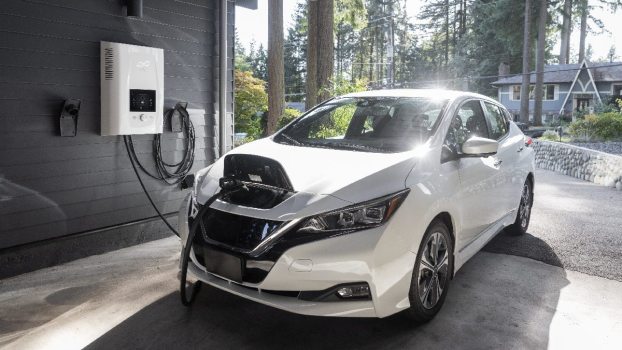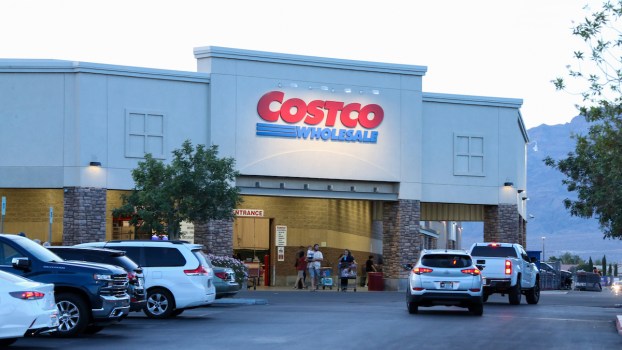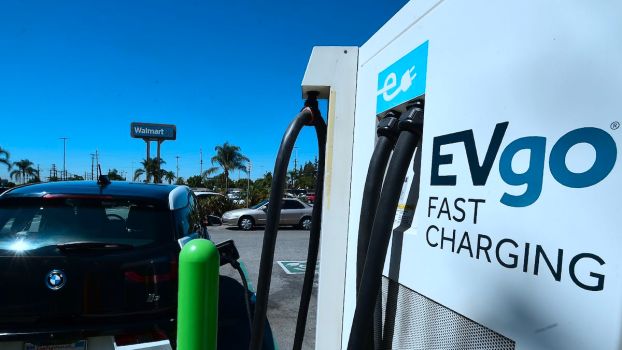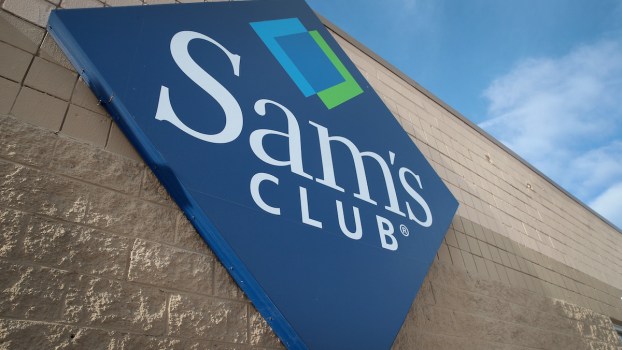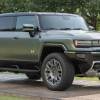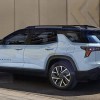
How Long Does It Take to Charge an Electric Car at Target?
Target provides electric vehicle (EV) charging stations at most locations. These facilities allow you to enjoy the convenience of boosting your battery as you shop. The time needed to charge your EV at Target will depend on the charging level and battery capacity. It can also differ due to the charging rate of the onboard charger and the state of your car’s battery.
Here is more information about the types of EV chargers and the time required to charge your vehicle at Target.
The difference between EV chargers

EV chargers are available in three categories based on how fast they charge. Level 1 charging is slow and uses a standard 120-volt(V) household wall outlet. You will often find level 1 charging equipment in residential areas at homes and garages.
Level 2 charging uses a 240V outlet, regularly found in commercial areas like Target stores. However, some workplaces also offer such equipment.
Level 3 or direct current (DC) fast charging is the fastest, often available in public locations. Unlike level 1 and level 2 charging, this type uses direct current instead of alternating current (AC) and outlets of over 480V. Tesla Superchargers are a type of level 3 or DC fast chargers.
The time needed to charge an electric car at Target
According to Home Battery Bank, Target partnered with ChargePoint, Tesla, and Electrify America to provide level 2 and 3 Charging. If you use level 2 charging equipment, you can add about 20-30 miles of driving range in an hour.
On the other hand, you will gain 8-20 miles per minute when using level 3 charging. The exact figure will vary based on your EV’s efficiency and charging speed. Most cars can charge from empty to 80% within 30 minutes when using Level 3 charging at Target.
Level 3 charging can lower the time needed to reach a desirable battery level. The stations at Target provide 50-350 kilowatts (kW) of charge. While a 350-kW station will charge an electric vehicle faster, it doesn’t mean your car can accept it. For this reason, you should always verify your EV’s charging limit.
Here is an estimate of the time needed to charge some popular electric vehicles at Target from 10% to 80%.with 350-kW level 3 equipment.
- Ford Mustang Mach E- 16 minutes
- Volkswagen ID.4- 25 minutes
- Porsche Taycan- 14 minutes
- Tesla Model 3- 15 minutes
- Tesla Model Y- 16 minutes
- Nissan Leaf-27 minutes
While some vehicles have similar charging speeds, they may not offer the same driving ranges. This implies that one owner may use the same battery capacity to drive a longer distance than another EV driver.
The difference in driving range depends on the battery capacity and age. Per Autoweek, it could also fluctuate due to driving styles, tire conditions, and the weather.
Other locations to charge your electric car
Many businesses now offer EV charging stations to embrace the electrification of the auto market. Hence, car owners now have many options for places to charge their cars.
Walmart opened its first Electrify America EV charging station in Arizona. Over time, the company has launched more EV stations in most stores. The cost of charging your EV at Walmart is 43 cents per kW per hour.
Another retail store offering EV charging stations is Costco. If you have a membership with the company, you will pay a $10 deposit to use the facilities. However, non-members must pay a $20 deposit refundable after completing the transaction. The cost of charging your EV at Costco depends on the kilowatts used per hour.
Sam’s Club, a Walmart-owned retail division, is another location where you can charge your EV. The charging prices vary based on the provider and location. EV owners using the 90-kW equipment pay a lower rate than those using 350-kW plugs.
It’s easy to find an EV charging station since many businesses now offer them. Discover nearby facilities by researching online or using a tool like PlugShare.
